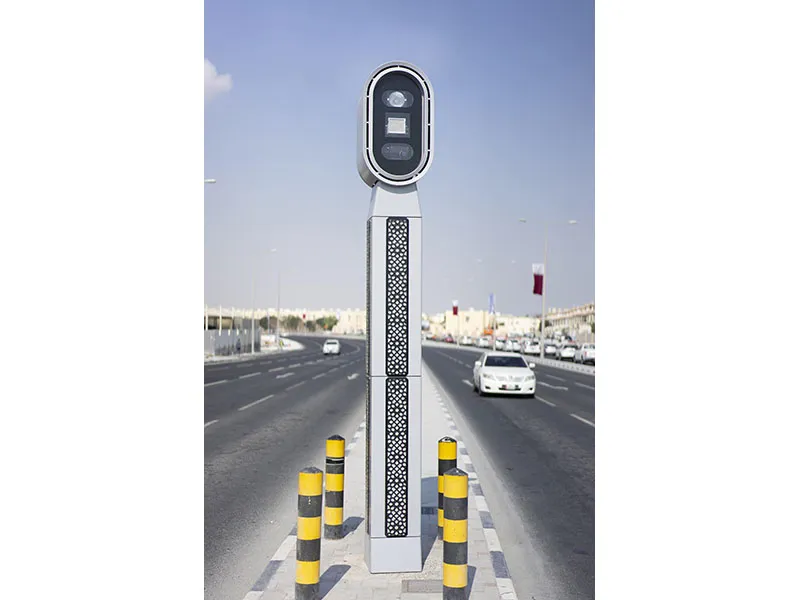The London Borough of Richmond upon Thames is introducing unattended camera enforcement at a total of eight locations across the borough for a range of moving traffic offences including restricted access, banned turn and bus lane contraventions.
This will enable the council to achieve significant efficiency and productivity improvements using the existing Videalert digital video platform without requiring additional major investment.
The Videalert system supports attended, unattended and mobile CC
October 27, 2015
Read time: 2 mins
The London Borough of Richmond upon Thames is introducing unattended camera enforcement at a total of eight locations across the borough for a range of moving traffic offences including restricted access, banned turn and bus lane contraventions.
This will enable the council to achieve significant efficiency and productivity improvements using the existing7513 Videalert digital video platform without requiring additional major investment.
The Videalert system supports attended, unattended and mobile CCTV enforcement and offers future proofing using static, re-deployable and mobile CCTV technologies. It also enables multiple civil traffic enforcement, traffic management, community safety and crime prevention applications to run simultaneously from a single CCTV infrastructure without requiring specific equipment for every point solution.
The platform will enable the London Borough of Richmond upon Thames to maximise productivity and minimise manpower resources in the evidence review process by automating manual workflows with a quick and easy three click process to review evidence packs and produce penalty charge notices.
According to Jim Marshall, head of Parking Services at the Borough, “Switching to unattended operations will enable us to increase the hours of enforcement without the associated additional staffing costs. “Videalert’s unattended enforcement solution will deliver significant cost and efficiency savings by eliminating the need for staff to monitor CCTV cameras. It also allows us to overcome the restricted working hours and shift patterns that traditionally have limited the overall effectiveness of enforcing moving traffic contraventions.”
This will enable the council to achieve significant efficiency and productivity improvements using the existing
The Videalert system supports attended, unattended and mobile CCTV enforcement and offers future proofing using static, re-deployable and mobile CCTV technologies. It also enables multiple civil traffic enforcement, traffic management, community safety and crime prevention applications to run simultaneously from a single CCTV infrastructure without requiring specific equipment for every point solution.
The platform will enable the London Borough of Richmond upon Thames to maximise productivity and minimise manpower resources in the evidence review process by automating manual workflows with a quick and easy three click process to review evidence packs and produce penalty charge notices.
According to Jim Marshall, head of Parking Services at the Borough, “Switching to unattended operations will enable us to increase the hours of enforcement without the associated additional staffing costs. “Videalert’s unattended enforcement solution will deliver significant cost and efficiency savings by eliminating the need for staff to monitor CCTV cameras. It also allows us to overcome the restricted working hours and shift patterns that traditionally have limited the overall effectiveness of enforcing moving traffic contraventions.”









